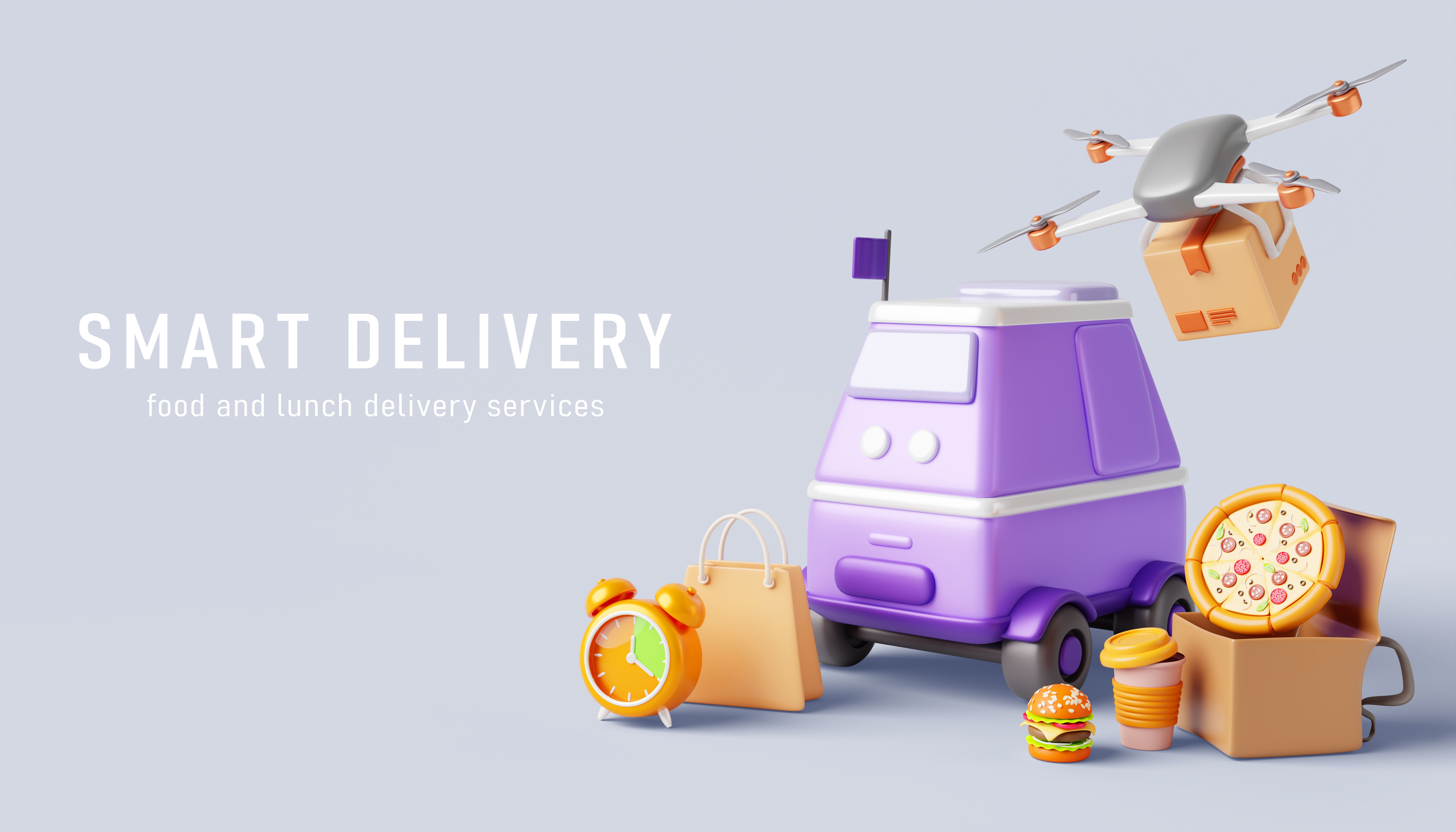The Rise of Autonomous Food Delivery Robots
The Evolution of Food Delivery
In recent years, the food delivery industry has witnessed a remarkable transformation. From traditional courier services to app-based platforms, each step has aimed to provide faster, more efficient service. However, the latest innovation pushing the boundaries of dining convenience is the use of autonomous food delivery robots.
These robots are designed to streamline and enhance the delivery process, offering a glimpse into the future of dining. As technology continues to advance, the integration of these machines into everyday life is becoming more seamless and essential.

How Autonomous Robots Work
Autonomous food delivery robots leverage cutting-edge technology to navigate urban environments. Equipped with sensors, cameras, and GPS systems, these robots can identify obstacles, recognize traffic signals, and safely deliver food to customers' doorsteps.
The process is straightforward: once an order is placed, the robot is loaded with the meal at the restaurant. It then follows a calculated route to the delivery address, ensuring that the food arrives fresh and on time. This innovation reduces human error and enhances overall efficiency.
Benefits for Consumers
For consumers, the primary benefit of autonomous delivery robots is convenience. These robots operate around the clock, allowing customers to enjoy their favorite meals without worrying about delivery times or availability. Moreover, they offer contactless delivery options, which have become increasingly important in recent years.

Impacts on the Food Industry
The rise of autonomous food delivery robots is not just a technological marvel; it also has significant implications for the food industry. Restaurants can optimize their operations by reducing reliance on human couriers, thus cutting costs associated with staffing and transportation.
Additionally, these robots can handle multiple deliveries simultaneously within a specific area, enhancing restaurant efficiency and expanding their customer base. As a result, businesses can focus on improving food quality and customer service.
Challenges and Considerations
Despite their advantages, autonomous robots face certain challenges. Navigating busy streets and adapting to unpredictable weather conditions require sophisticated technology that needs constant refinement. Furthermore, ensuring these robots adhere to local regulations is crucial for their widespread adoption.
The Future of Dining with Robots
As companies continue to innovate, the potential for autonomous food delivery robots is vast. We can expect to see more advanced models capable of longer distances and heavier payloads. This evolution will likely lead to a more integrated approach where robots work alongside human couriers for optimal service.
The future of dining is poised to be an exciting blend of technology and tradition. As food delivery robots become a common sight on city streets, they will undoubtedly revolutionize how we think about dining and convenience.
Conclusion
The rise of autonomous food delivery robots marks a pivotal moment in the evolution of dining. By offering enhanced convenience and efficiency, these machines are setting new standards for customer service in the food industry. While challenges remain, the potential benefits make this a trend worth watching.
